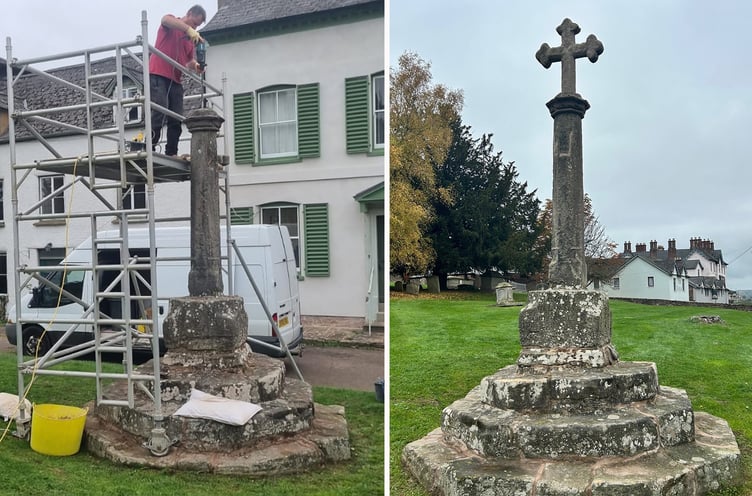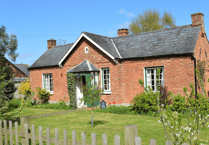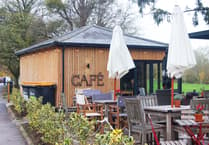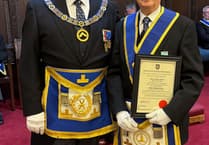ESSENTIAL conservation work to the historic Plague Cross, located in the churchyard of St Mary’s Church, has been completed.
This important heritage project was made possible through grant funding of £2,305 from Historic England, with an additional £400 contributed by Ross-on-Wye Town Council.
The late mediaeval cross commemorates the 315 victims of the Bubonic Plague, which hit Ross in 1637, who were buried in a pit to the west of the cross.
The shaft is mortised into the socket stone and bonded. It is square in section at the base tapering upwards in octagonal section. The memorial stands within the closed churchyard maintained by Ross Town Council.
The repairs included the careful restoration and re-fixing of the cross finial, along with removal of invasive vegetation and repointing of joints, to protect the structure from further weathering and biological damage.
The works were undertaken by Hudson Stonework Ltd, a specialist heritage contractor.
As part of the conservation effort, Herefordshire Archaeology provided an archaeological recording of the late medieval period standing cross, offering a detailed analysis of its form, materials, and historical context.
The restoration of the Plague Cross ensures that this significant piece of local heritage is preserved for future generations to reflect upon and learn from.
Deborah Williams, Historic England regional director (Midlands) said: “It’s wonderful to see this really significant mediaeval cross repaired and saved for future generations.
“Scheduled Ancient Monuments like the Plague Cross are important, physical connections to England’s history and I’m so pleased that Ross Council realises the value of heritage to local people and take pride in what they have in their local community.”
The inscription on the socket stone encapsulates not only the enormity of the loss but also the community’s collective plea for divine deliverance during a time of crisis. The severity of the epidemic necessitated the hurried and unconventional burial of the victims, many interred at night.




Comments
This article has no comments yet. Be the first to leave a comment.